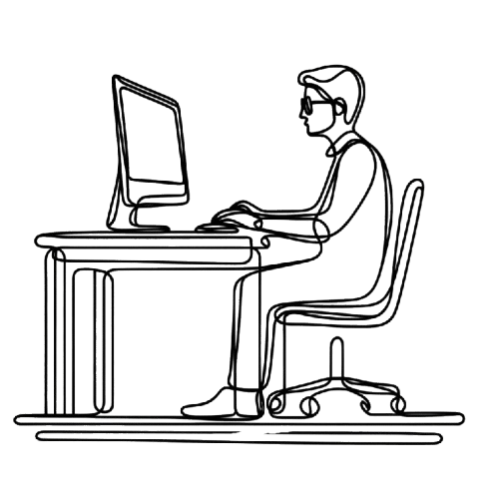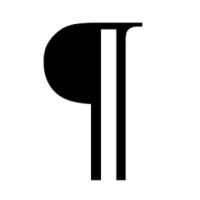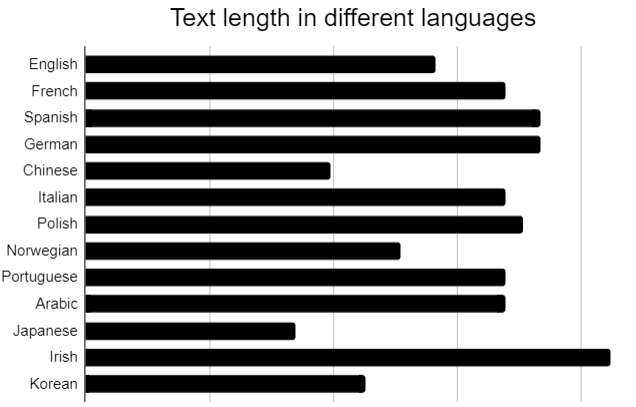Creating “ready-to-translate” content for your audience
Making sure your content-to-publish is ready-to-translate is a critical step in multilingual publication. That’s why we want to share some of our tips and best practices to help you maximize your efficiency when creating documents for publication. By keeping these in mind, you can ensure that your content is clear, concise, and easy-to-translate, while maintaining the integrity of your design and most importantly cutting down on costs.
Having been in the business for over 20 years, we understand how challenging it can be to meet publishing deadlines while ensuring high-quality translations. That’s why our team is always available to offer guidance and support on project management and co-ordination. We are committed to providing you with the best possible solutions, ensuring that our translations respect the time and effort you’ve invested in the DTP process.
So, if you have any questions or need assistance with any translation projects, don’t hesitate to contact us.
After all, as your Language Department, we’re here to help!
We are more than translators

Content creators need to write the content, create reports, manage the infographics, get the document to your desktop publisher, and then deal with drafts, revisions and corrections! When your content is translated, you also need to get quotes, figure out to send it to your translator and – critically – how to deal with it when you get it back. It’s difficult enough with one language, now imagine the difficulty of doing this in multiple languages simultaneously – even in a language that may not be your native or second language.
We can help you get your documents through the translation process and get them back to you ready to publish. Check out tips & best practices for DTP related to working directly with your designers’ files.
The content creation and translation process are rarely a one-person process; creating content, publishing documents, reports, and manuals – when you add translation tasks, it gets out of control quickly! A huge amount of (human-managed) help is available to ensure everything is running smoothly, co-ordinated, and on-time. That’s where we can help we will help you streamline your process, providing an efficient, quality-managed solution. We give you the flexibility and peace of mind that lets you focus on your content. Contact us today to learn more or upload your documents to begin translation.
Translated content can expand or contract by 10% to 35%, depending on the original and translated languages. Problems may arise when the design layout does not have enough space for the translated text. Reducing font size and shrinking text can compromise the readability of important information.
You can add graphics or slightly increase font size to fill up space and ensure space for the translated content.
For example, English to French can increase text length by 20%, Spanish can be up to 30%, while Chinese occupies significantly less space than European languages. Germanic and Nordic languages use longer words, as words can be combined to form new words with distinct individual meanings.
Consider these peculiarities when designing your layouts; allow enough room for very long words and to incorporate the translated and localized text into the final document.
If this sounds easier said than done, don’t worry; don’t let this stop you. Transferendum, your Language Department, is available to lend a hand.
So all you need to do is reach out and ask.
If you want to use a particular font in your documents, you might need to use a different font for other languages because not all fonts look the same in all languages. Some fonts also don’t work with certain languages or accents.
For example, many popular fonts don’t work with different European languages. Asian languages or Cyrillic languages will need a similar font to substitute the original font. Some fonts even have different writing styles, such as traditional Chinese or right-to-left writing.
If you need to deliver content in another language, you may need to change the font because font substitution is common. If you have a custom font, it might not have every character or accent needed, so you may need to draw them in.
It doesn’t matter which software you use to write and produce your content; we manage many different file types and offer a comprehensive process to manage and improve your document workflows.
A major benefit of our multilingual publishing solution is that we can switch your content from one file type to another. We do this by building a database of all your sentences and vocabulary, allowing you to create content in one document type and publish it in another. We can load sentences taken from source documents, like Word files, and reuse them in other file types. You can write your content in Word and simultaneously send the files for translation and design. This is especially useful when you need your content in multiple languages simultaneously.
When you work with visual elements, we suggest using tools that allow you to control your document’s text and graphic elements, search, and navigate the content. If you use popular tools such as Adobe’s InDesign, the text can be exported in a markup language called IDML, which is ideal for sharing the textual elements of your document for translation and preserves all the design features. Some document creation tools, like Adobe Illustrator or Canva, don’t allow you to extract the text for translation. In that case, you need to extract the text manually, translate it, and put it back manually, which takes more time and money.
We also have solutions for dealing with final PDF files generated from applications like this, which will not cost a lot of time or money to rebuild, but we always prefer to get access to the source file! Contact us and let us help you with all of your language needs.
Avoid breaking sentences up in your content to make them fit a space, for example manually splitting a heading over two lines.

When you break sentences, it will make them difficult to translate as it is now split into two parts. In some languages, the meaning or intention of a sentence can change depending on the word order.
Line breaks can be shown by checking the hard return/soft return using the “Show Hidden Characters” option in either InDesign or Office applications such as Word.
Ensure sure that your designers follow the same rules!
Do any of the images, pictures, or infographics have text that needs to be translated? Can you provide the source for the image? Be aware that text in your pictures may need to be translated too.
Ensure you identify documents that contain images that need to be translated so they can be handled during the job. Finding out too late close to the deadline could lead to avoidable chaos.
You should consider that new images will need to be imported back into your final files manually on a case-by-case basis.
Contact us and let us help you translate the visual elements of your documents.
Multilingual Production: Speed up your work, cut down on costs!
There’s no doubt about it: creating and translating content while keeping the design intact can be daunting. These kind of projects generally follow a waterfall workflow where one task must be completed before jumping to the next one, not considering that most times, these processes are dynamic, with back and forth revisions and edits. The translation process is usually left to the end, with no consideration of how long it takes or when it should begin.
Here at Transferendum, we will be Your Language Department – committed to making the translation process smooth, easy, and affordable. We recommend that you start the translation process as soon as you can. You can extract your content and we can pre-translate it for you, by working in parallel with your design team, to accommodate the translated content into your original design. At the same time you can make the appropriate adjustments and redrafts as you go.
We can reuse your words and update the translations at your pace. Your content can be updated as you go, part by part. If you send text that we have already translated it won’t matter, you never pay twice for the same thing. We will only deal with the new and/or updated sentences. We do not charge you for words that have already been translated. If you have previously-translated versions of documents, we can work on them to create a database of words and sentences. This is not only cost-effective but will also help to maintain the concepts and expressions across your translations. As you build up your content you can load text into the process and it will be translated. This system stores your sentences in a database called a translation memory, and that translation memory is yours to keep. You own it. You never pay for the same thing twice.
Our translation process allows the designer team to work in parallel with the translation process. When the design is finished and approved, we load the final design file into the system, match up all the text and produce final files in minutes or hours, not days or weeks. We call this re-leveraging, which if done correctly, can save you a lot of time while cutting down on cost, and having your documents ready to publish before the deadline.
Contact us today and let us know what we can do for you. We would like to be Your Language Department, offering you tailored language solutions on all language needs. Why us?
Explore our language solutions
We are more than translators

your language department il tuo partner linguistico do roinn teangacha teu departamento de línguas votre bureau de langues あなたの翻訳請負人 tu departamento lingüístíco Ihre Abteilung für Sprachen 您的语言部门
Professional translation at Transferendum is not a “one size fits all” solution. Our mission is to tailor bespoke translation and localisation solutions to meet your individual needs, budget, and timeline across Europe!
Get started today!













